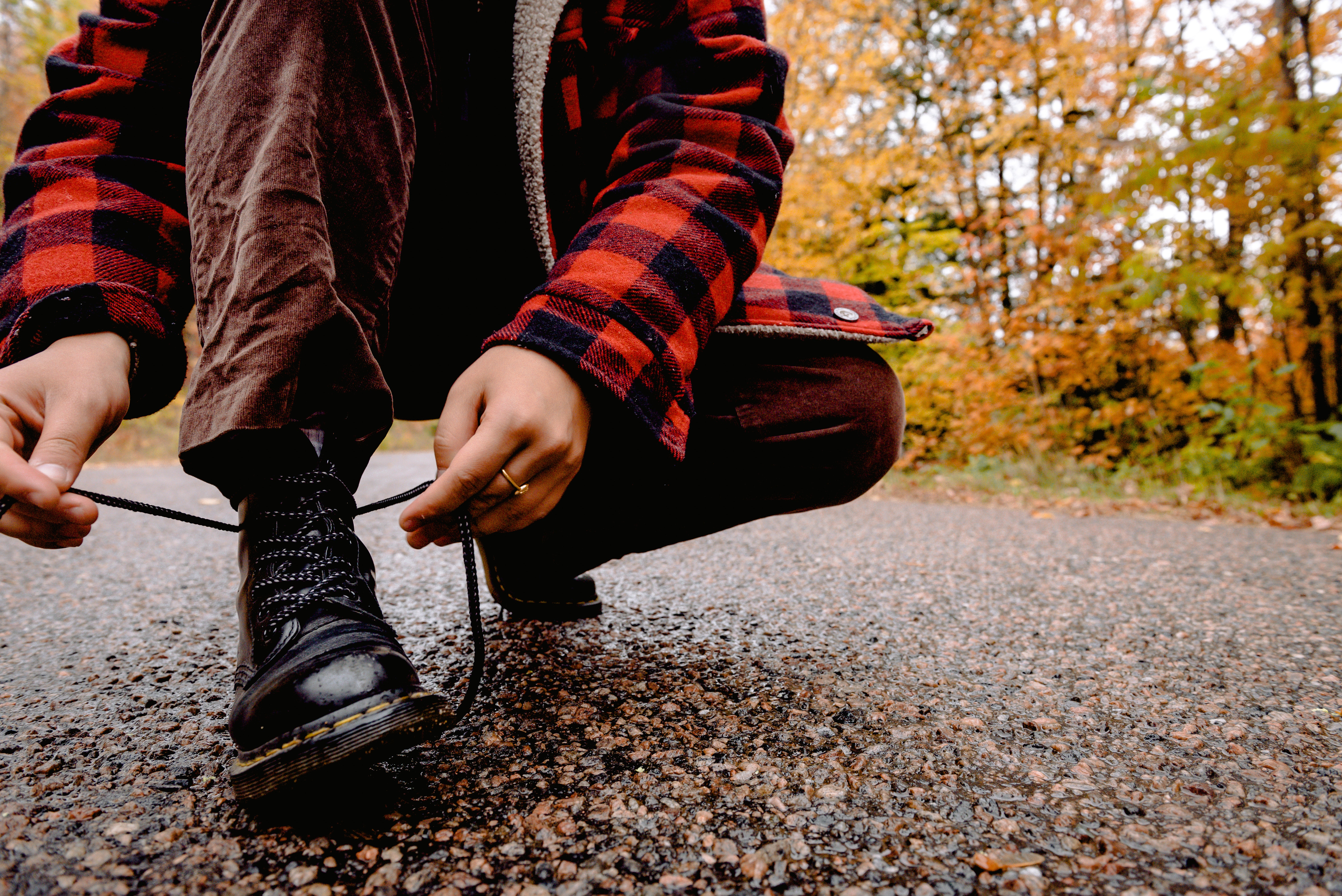Diving to keep volleyballs from touching the ground; popping upright after sliding to kick out a soccer ball away from an opposing player; springing up off the ground after diving for an infield ground ball and gunning the ball to first base to throw out a runner booking it to first base; in high school, college, and post collegiate recreational sports, we get acquainted with the ground quite often.
Following our athletic career in our and teens and throughout our early twenties, physical activity in which we are on the ground seems to decrease in the events of our everyday lives. We might find ourselves in a profession where it is necessary to lay supine, kneel, or crawl on our hands and knees. Even with this necessity to be on the ground with our professions, these vents of being on the ground occur less and less as we age. We can enter a recreational softball, volleyball, or pickleball league to remain active. However, we don’t practice these sports five times per week like we did in high school and college sports. Athletic activity decreases as we advance in age. Therefore, the experiences in which we get down and dirty occur less.
Entry level manual labor professions require some grunt work. Grocery store and warehouse job tasks requires to stocking bottom shelves while bending down and reaching forward. Car mechanics get down on both knees and twist tires off the rims of automobiles. Skilled trade workers such as farmers, landscapers, and electricians squat down while working in small areas to reach, twist, and contort their bodies to conduct a wide array of tasks on the ground.
This working population move their bodies up and down without a second thought. They do it all day for forty or more hours per week. They have the muscular endurance and coordination to do so. As times goes on, we advance in age. We also receive promotions or expand our abilities to acquire the resources to get a younger and willing person to perform laborious tasks for us. The resource of having a younger apprentice available can introduce a sense of complacency to perform floor level labor as we progress in life. The interactions with kneeling, picking things up, and addressing small fixes that happen to be below waist level can become an afterthought. Why would we want to change our electrical outlet when your grandson can do it? Baseboards need painting? They’re too close to the floor, no one will notice. They can be left alone. Weeds? We can hire a landscaper to get those up. A sense of complacency, with lack of bending down to get things done that are closer to the ground, can shunt our ability to get up and down off the ground if we don’t perform this activity as we age.
Research supports that skeletal muscle, neurological facilitation between cells, and athletic coordination decrease as human age increases. This evidence has validity, but it’s not just the degradation of the cells within our bodies that shunt our body’s ability to be strong and productive. If the activities that require us to change levels, bend down, reach into small areas, and get back up are decreased, we are more likely to forget how to perform these tactics. Therefore, if we want to be able to get up and down off the ground for the longevity of our lives, we can’t neglect activities that include interactions involving squatting down, kneeling, performing activities while being down on our bellies, or even on our backs. This includes simple activities such as bending down to tie your shoes, or putting your socks on, gardening, or picking up after your grandchild’s party.
We can focus on the muscles responsible for helping us get up and down off the ground effectively by participating in Yoga classes and visiting the local gym. However, if we don’t stay involved in the environments that require us to get up and down from a crouched down activity that is close to ground level, our body and mind forget how to be comfortable in a position close to the ground. Count reps and sets on the resistance training exercise routines you perform. More importantly, don’t forget to count the occurrences you get up and down from the ground everyday to ensure you maintain this invaluable skill for us to live happy, healthy, and strong lives.
Sean McCawley, the founder and owner of Napa Tenacious Fitness in Napa, CA, welcomes questions and comments. Reach him at 707-287-2727, napatenacious@gmail.com or visit the website napatenaciousfitness.com.

